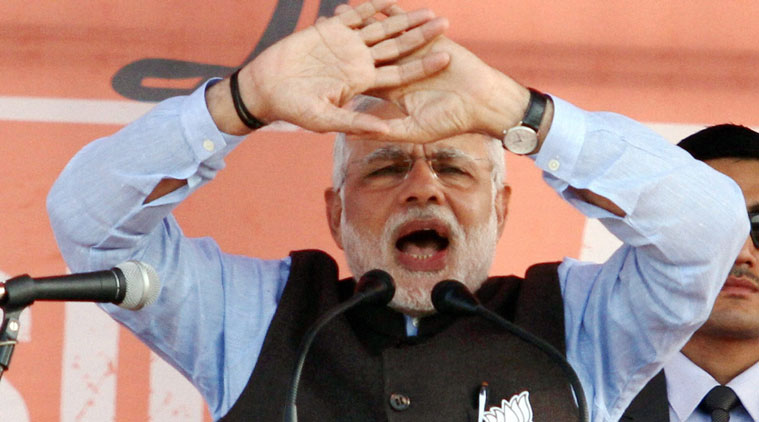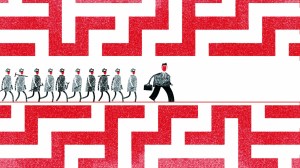
India and Bangladesh have a common land boundary of approximately 4,096.7 km. The India-East Pakistan land boundary was determined as per the Radcliffe Award of 1947. Disputes arose out of some provisions in the award.
What is the Land Boundary Agreement (LBA) of 1974?
It was an agreement signed on May 16, 1974, soon after the independence of Bangladesh, to find a solution to the complex nature of border demarcation. While Bangladesh ratified the agreement, India didn’t as it involved seceding territory and indicating these precise areas on the ground. The 1974 agreement provided that India would retain half of Berubari Union No. 12 and in exchange Bangladesh would retain the Dahagram and Angarpota enclaves. The Agreement further provided that India would lease in perpetuity to Bangladesh a small area near Dahagram and Angarpota (the “Tin Bigha” corridor) for the purpose of connecting Dahagram and Angarpota with Bangladesh.
READ: Bring bill to ratify Indo-Bangla boundary pact: Land Boundary Agreement to House
Finally the agreement was implemented in entirety, though India did not ratify, with the exception of three issues pertaining to un-demarcated land boundary of approximately 6.1 km in three sectors — Daikhata-56 (West Bengal), Muhuri River-Belonia (Tripura) and Lathitila-Dumabari (Assam); exchange of enclaves; and adverse possessions.
What is the issue of enclaves?
The flawed nature of the Partition left 111 Indian enclaves in Bangladesh (17,160.63 acres) and 51 Bangladesh enclaves in India (7,110.02 acres). Their inhabitants do not enjoy full legal rights as citizens of either country or proper facilities such as electricity, schools and health services. Even law and order agencies do not have proper access to these areas.
A joint headcount estimates the population in the enclaves to be around 51,549 (37,334 of them in Indian enclaves within Bangladesh).
What does the LBA say on enclaves?
Story continues below this ad
It states that people in these areas have the right to stay where they are as nationals of the State to which the areas were transferred. But a joint India-Bangladesh delegation that visited these enclaves in May 2007 found that people residing in Indian enclaves in Bangladesh and Bangladeshi enclaves in India did not want to leave their land and would rather be in the country where they had lived all their lives. Movement of people, if any, is therefore expected to be minimum.
What about land ‘in adverse possession’?
‘An adverse possession’ is territory that is contiguous to India’s border and within Indian control, but which is legally part of Bangladesh. Residents of these adverse possessions are Indian citizens. The same applies to Bangladeshi adverse possessions. In respect of adverse possessions, India is to receive 2,777.038 acres of land and to transfer 2267.682 acres to Bangladesh.
However, the reality is that the area to be transferred is already in the possession of Bangladesh and its handing over to Bangladesh is merely a procedural acceptance of the de facto situation on the ground.
What happened when the LBA was signed in 2011?
The protocol was signed by the two countries on September 6, 2011, after written concurrence of the concerned state governments was obtained. People living in the border areas were not to be dislocated. The protocol only addresses the unresolved issues of the 1974 LBA. It does not depart from it on any point other than the maintenance of status quo on adverse possessions and only adds details on some other aspects of the 1974 LBA.
What about the concerns of Assam?
Regarding adverse possessions of Pallathal and Nayagaon in Assam, the interests of tea and betel-leaf planters have been protected while finalising the border between India and Bangladesh in this sector. With regard to demarcation of the Lathitilla and Dumabari sector, the line drawn by Radcliff and actual position on the ground has been followed.
What about the people living in these areas?
Story continues below this ad
Over time, it became extremely difficult to implement the terms of 1974 LBA as it meant uprooting people living in adverse possessions from the land in which they had lived all their lives and to which they had developed sentimental and religious attachments. Both India and Bangladesh, therefore, agreed to maintain the status quo in addressing the issue of adverse possessions instead of exchanging them as was earlier required for in the LBA 1974.

 Narendra Modi.
Narendra Modi.






